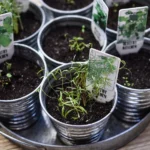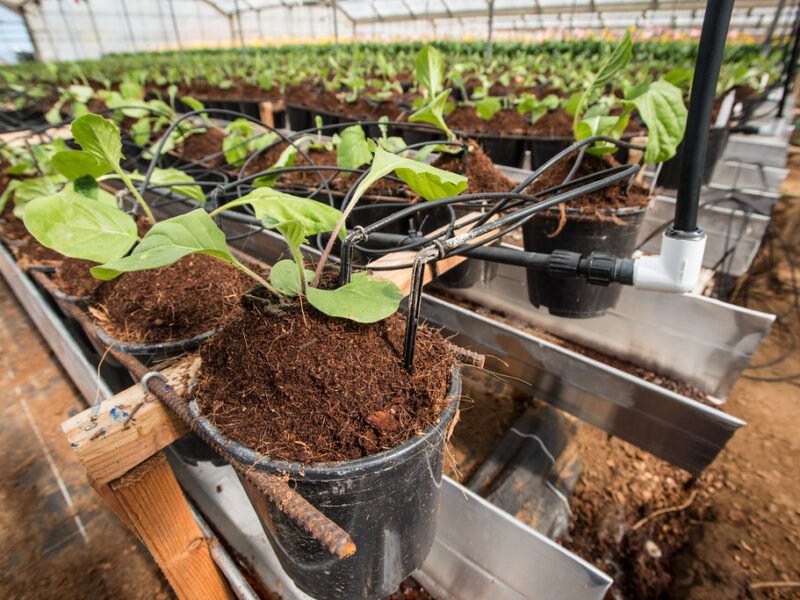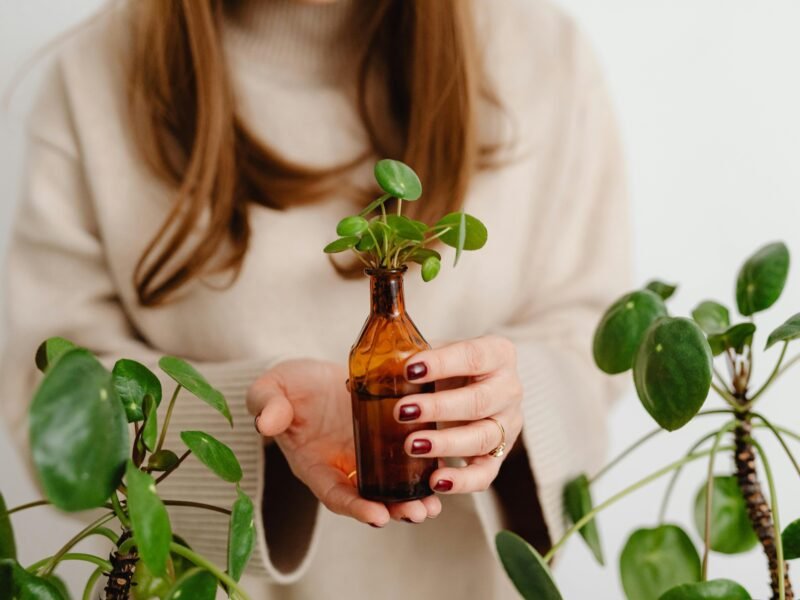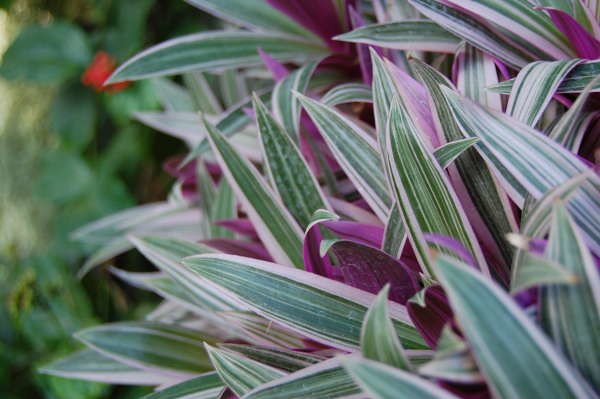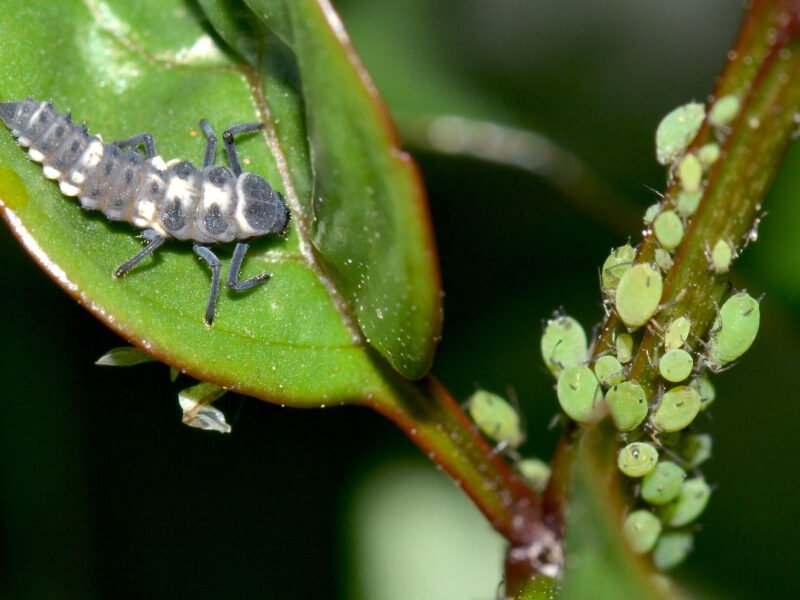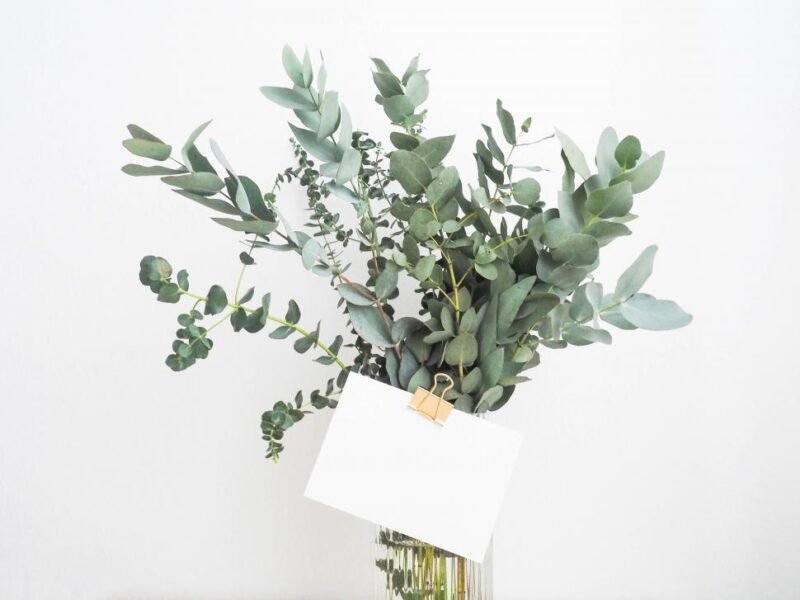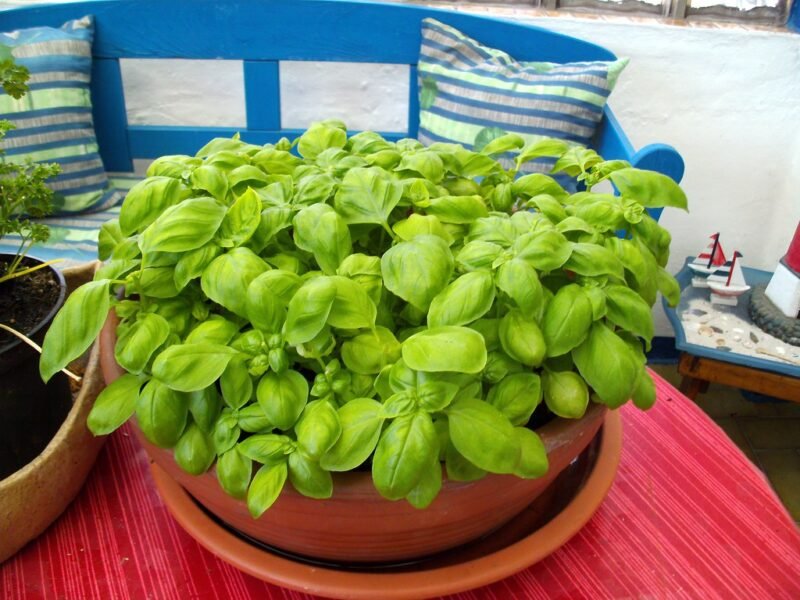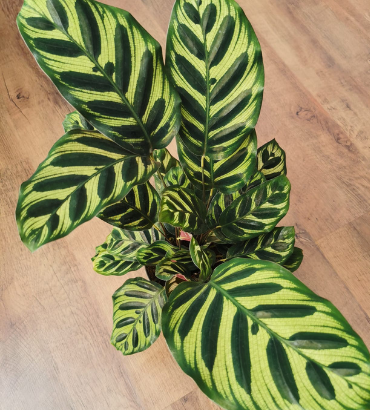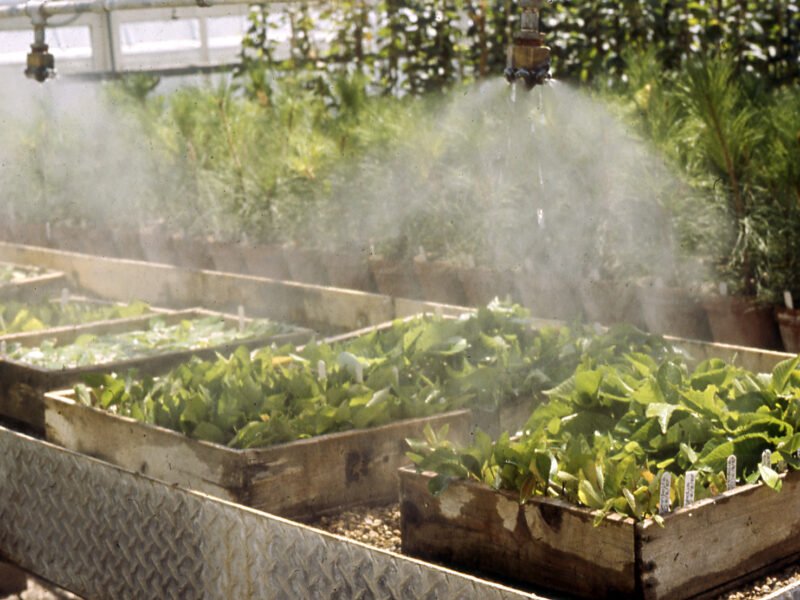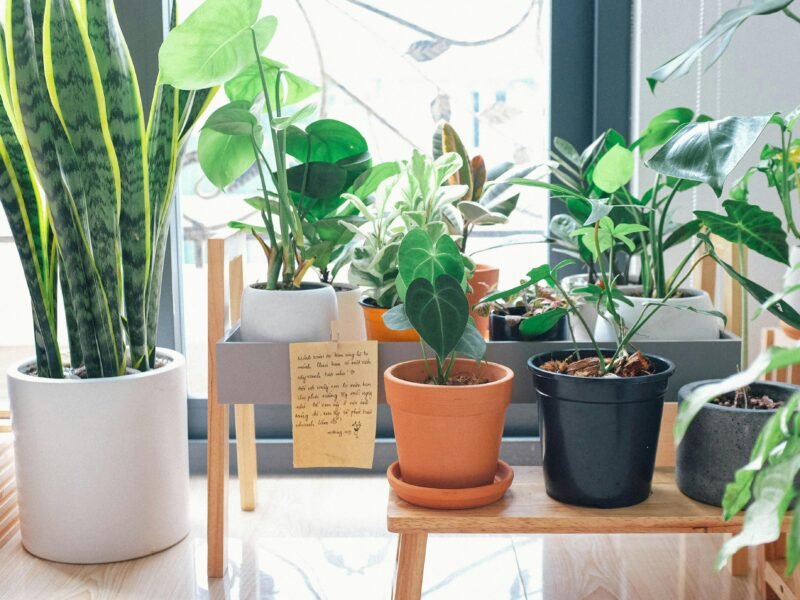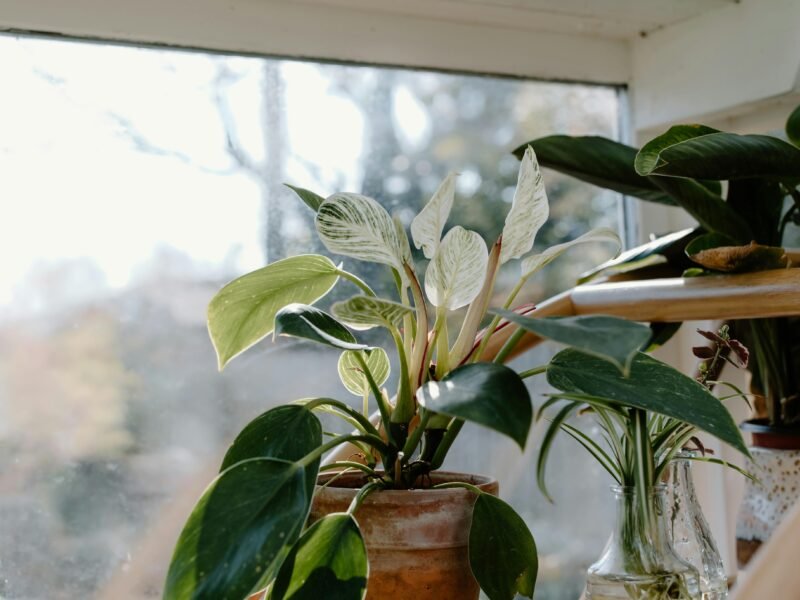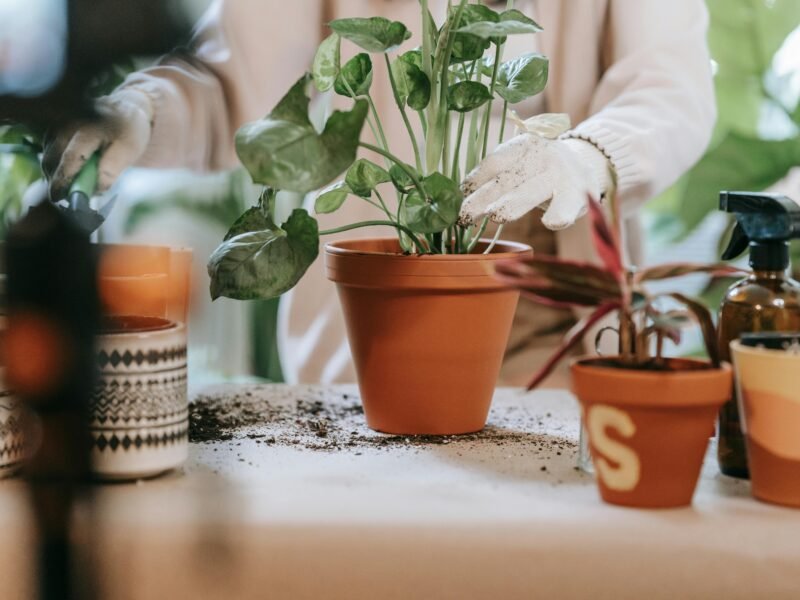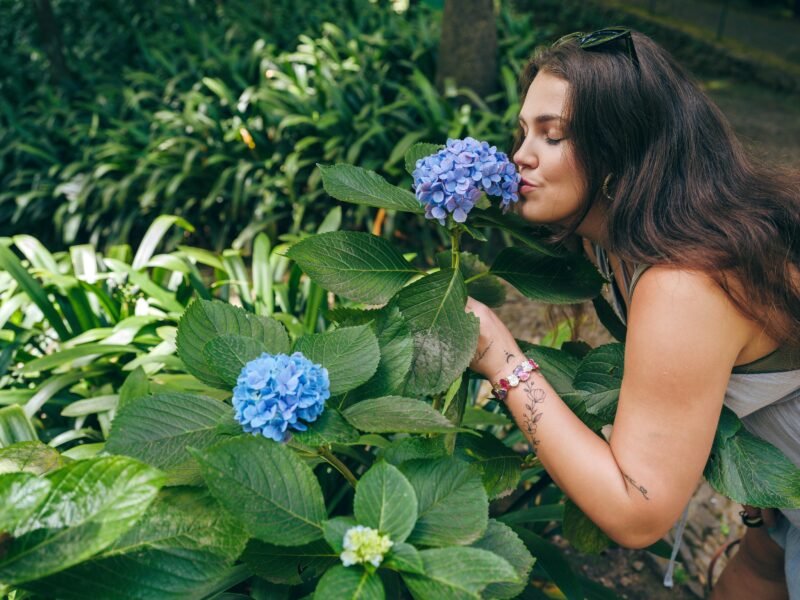Pothos Varieties-A Guide to Popular Houseplant

Pothos (Epipremnum aureum) also known as Devil’s Ivy is a well-known indoor plant that boasts trailing vines, vibrant leaves, and the ability to promote many environmental conditions. Pothos is an excellent choice for beginners due to its ease of care and flexibility in requirements. Its heart-shaped, green, or variegated (yellow, white, and pale green) leaves are its most distinguishing feature as a hardy vine. Pothos can live in low to bright indirect light and are quite forgiving of intermittent neglect, which makes it great for busy lifestyles or not-so-optimal indoor conditions.
Aside from its aesthetic appeal, Pothos is also recognized as an air-purifying plant that filters toxins including formaldehyde and benzene out of the enclosed atmosphere. It grows in a cascading manner, making it an ideal choice for hanging baskets or a cascade shelf. If you are looking to liven up your place with some greenery or purify the air at home, Pothos can be ideal as it combines both aspects beautifully, and that is why they love these plants.
In this article, we will be discovering some of the most common pothos types and their unique attributes that have made them close to the hearts of plant lovers. With the legendary Golden Pothos and the ethereal Satin Pothos, learn what makes each variety unique and why they are all so desirable additions to any indoor garden.
Table of Contents
ToggleDifferent Types of Pothos
Pothos comes with the territory for those of us who live and love to decorate our indoor homes with plants. Although Pothos is most known for its sustainability and easy care, there are many types you might get surprised by the different kinds of its lush greenery. Common Pothos Varieties;
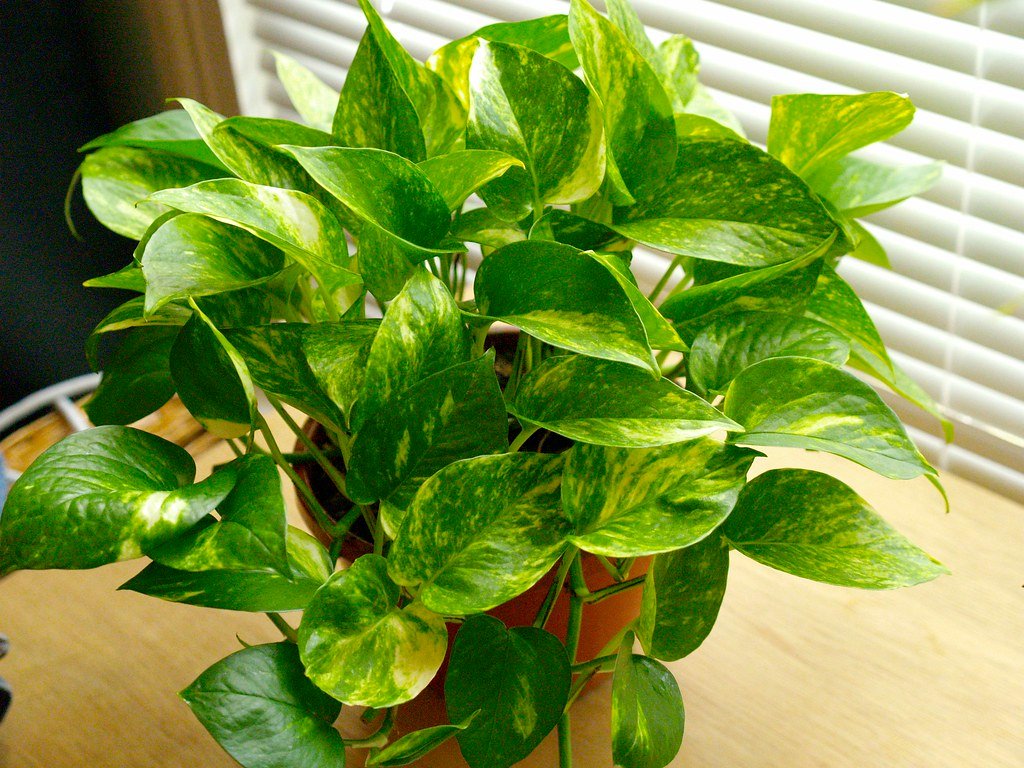
Golden Pothos
The Golden Pothos is probably the most recognizable of all pothos varieties. This type is iconic with its heart-shaped leaves and yellow/green splash. Being very versatile, Golden Pothos grows well in low to bright light conditions so you can place this houseplant anywhere.
One of the most amazing Golden Pothos Characteristics is that it can successfully cleanse the air. NASA’s Clean Air Study included this variety as one of the plants that can help clear indoor air of harmful toxins such as formaldehyde. Golden Pothos — This requires low maintenance; it thrives through neglect and is popular in many households.
Care Tips:
Light: Low to Bright Indirect Light
Water: Let the top inch of soil dry out between watering
Humidity: Medium to high, but can tolerate lowigDecimal.
Marble Queen Pothos
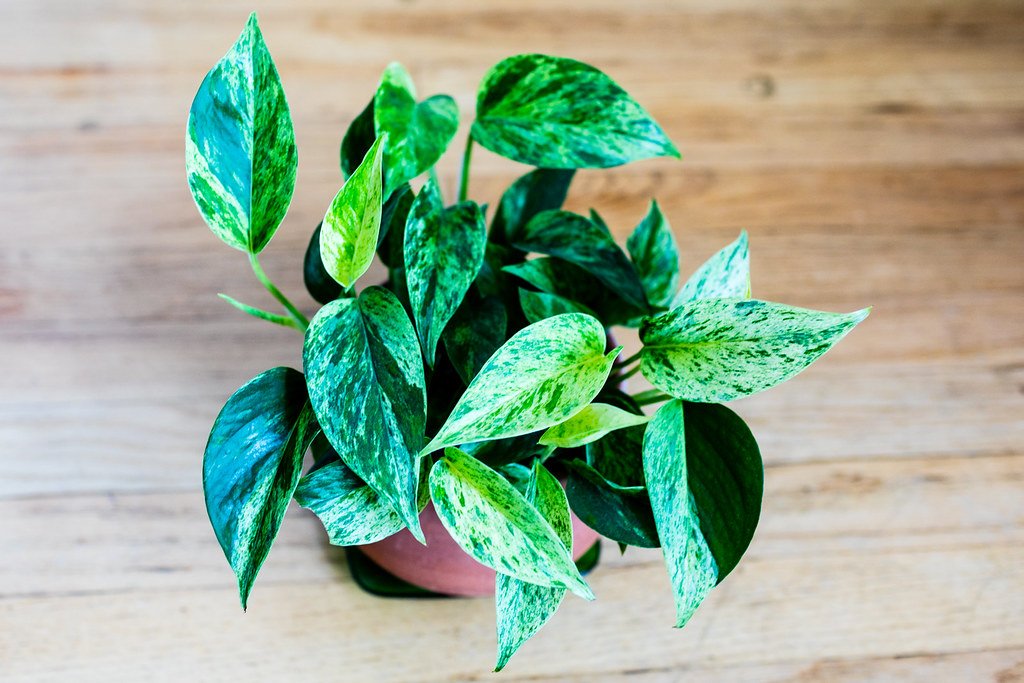
The only other impressive variety is, of course, the aforementioned Marble Queen Pothos. The leaves of this type have a greater variation equivalent to the Golden Pothos, but are more modeled and marbled which gives it a much deeper dramatic and more artistic expression. This variety is slower growing which makes it great if you are looking for a less aggressive vine.
The Marble Queen, though of which a few prefer more light than others as they will lose their variegation entirely without adequate light. Under low light conditions too, the white parts of the leaves can begin to turn green as they lack enough sunlight and therefore undergo a reduction in contrast, which is what makes this plant so unique.
Care Tips:
Light: Bright, indirect light to keep the variegation
Watering: Water when the top of the soil feels dry to touch
Humidity: Likes medium to high humidity levels.
Neon Pothos
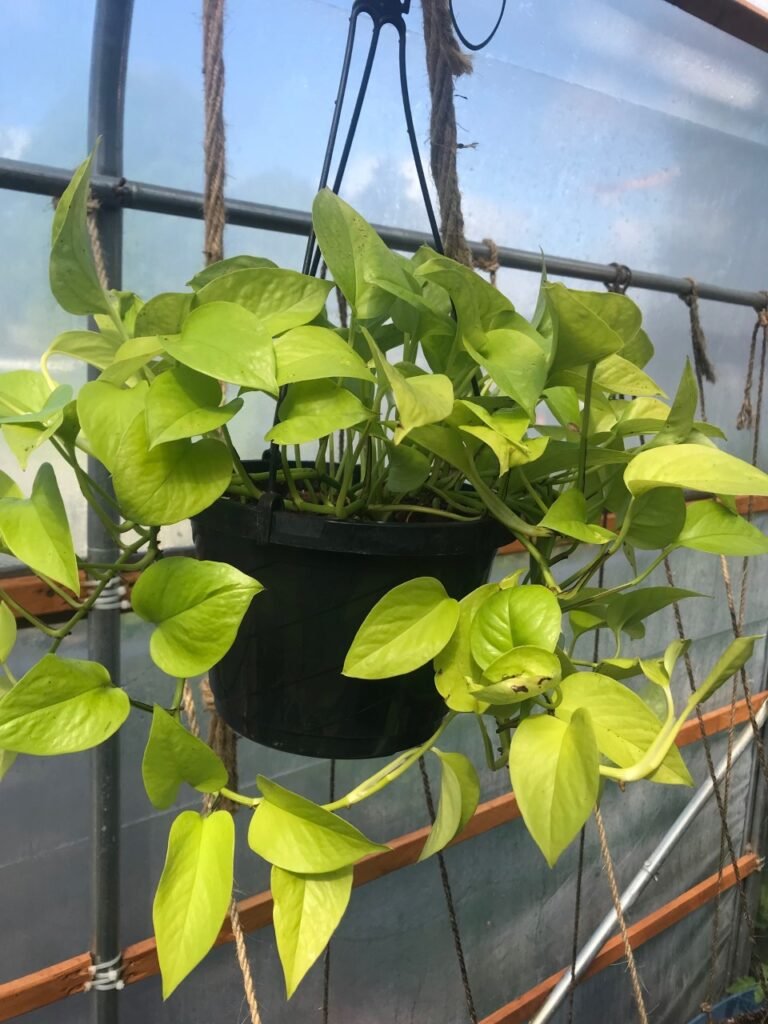
Neon Pothos Neon pothos, as you might have guessed from the name, is one of the showiest of pothos varieties with its vivid electric green leaves. The leaves of the Neon Pothos are a marbled green unlike anything found on other pothos plants, making its chartreuse color pop bright in any room. This species is great for people who want a striking way to add color to their ever-growing indoor collection.
Neon Pothos is just as easy if not easier to care for than its kin, and despite the vibrancy of its appearance It has a lower light tolerance, but grows well in bright indirect light, where this neon color will pop!
Care Tips:
Light: Bright indirect light for the best color
Watering: (Only when the top 1 inch of soil gets dry)
Humidity: Enjoys moderate to high humidity.
Jessenia Pothos
Its variegated foliage is what makes the Jessenia Pothos similar to a Marble Queen. However, the Jessenia boasts a specific shade of eggy greenish-yellow that is decidedly not white, as with its horticulture cousin-housemate-the Marble Queen. The variegation on the Jessenia is milder, which gives this plant a stately and sophisticated appearance as well as adds interest to any houseplant display.
It is a slow grower but can tolerate low lighting. Nevertheless, like most pothos types, it needs indirect light to keep its stunning variegation.
Care Tips:
Light: Likes medium to bright, indirect light.
Water: Maintain even, consistent moisture in the soil.
Relative Humidity: Moderate to High. Read more about pothos varieties here.
Satin Pothos
This plant is what I would describe as the most beautiful piece in any house. Technically not a true pothos, Satin Pothos falls under the category of similar-looking cousins in both care and appearance. The powdered dark green leaves with shiny silver undoubtedly make the plant look expensive, and of course unique, that is Satin Pothos or Silver Pothos.
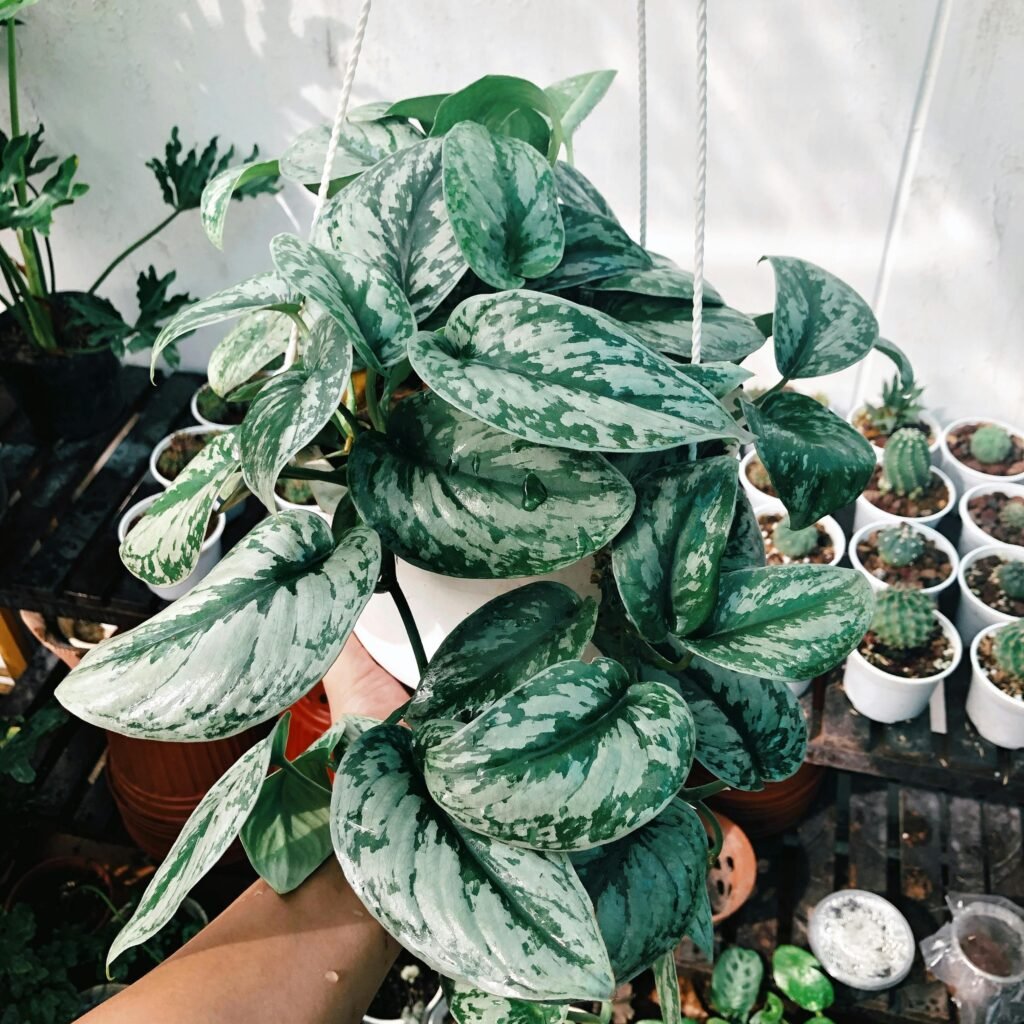
This type is the most finicky of the bunch, needing distinct sunlight and humidity levels for the plant to be happy. But for those plant lovers looking for an unusual touch, the Satin Pothos is a real crowd-pleaser.
Care Tips:
Light: Medium to Bright Indirect Light
Watering: water when the top of the soil feels dry to the touch.
Humidity: Should be kept in high humidity compared to other pothos species
Cebu Blue Pothos
The Cebu Blue Pothos is not a common pothos variety, but rather an exotic one with long-shaped leaves and a subtle silver-blue sheen. This one has heart-shaped pothos leaves but they are long and slender, which is why a lot of collectors love it.
Cebu Blue Pothos has a moderate light requirement and can be grown as a hanging plant or trained to climb onto a support system. It is a good option for those who want to add unusual and interesting plants.
Care Tips:
Light: Natural indirect preferred.
Watering: Let the soil dry a little bit between watering
Hygiene: Enjoys high humidity levels but average requirements.
Manjula Pothos
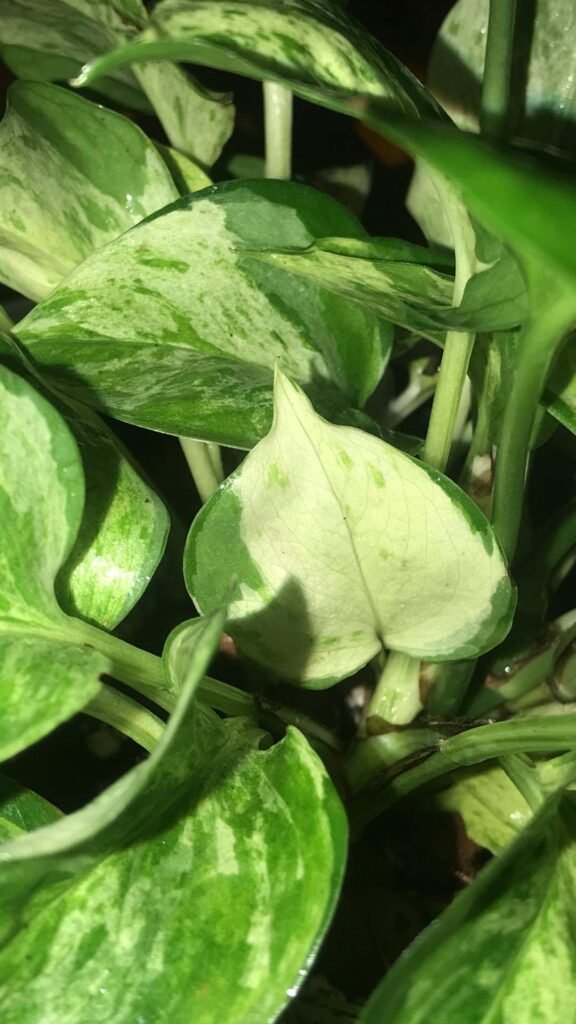
Manjula Pothos is a cultivar that produces wavy, variegated leaves of white, cream, and green. The variegation of the Manjula Pothos is less uniform than other pothos, meaning some leaves may be nearly all white while others are mostly green. Its leaves have curvy edges, which can only add to the aesthetic of an already showy plant.
It is a bit more uncommon to come by but the colors of this plant are such a special find for those who love their plants. It also needs bright light to keep the variegation, just like the Marble Queen and Jessenia.
Care Tips:
Light: Bright, indirect light is favored for the variegation
Water: Soil should be a little damp but not water-logged.
Humidity: Thrives in increased humidity levels.
Pearls and Jade Pothos

One good example is the Pearls and Jade Pothos with small leaves mottled in white, green, and silver patterns. Its fine variegation and small footprint make this a great choice for tighter spaces, or when you need some color on a shelf.
Like many of these piton variegated pothos varieties, Pearls, and Jade have a mounding, vining growth habit that is slower than most of the rest in this list–so if you’re looking for pinot yardage and p;/o; avoid a wandering seed breakweed (is it perfect?), which bodes well for incurable lids. Best in bright light, Dumb Cane can exhibit its colorful leaf patterns.
Care Tips:
Light: Bright indirect light for variegation
Water: every time the top inch is dry
Humidity: Moderate to high humidity is ideal.
Take Care of Pothos
Pothos are known for being an easy-to-care plant, so it is perfect as a beginner houseplant. There are a few easy steps to keep your Pothos happy and healthy, so here they go!
Light: Pothos can tolerate low to bright indirect light. The plant can be grown in low light levels, making it perfect for rooms with reduced amounts of natural sun. However, for healthy growth and colorful foliage, give it as much indirect light as possible. The leaves can burn in direct sun, so don’t put it where the sun gets too intense Variegation will also be less prominent in low-light environments, so the plant may not grow as fast.
Watering: Simple fact: Pothos prefers to dry out between waterings, which makes it a more forgiving plant for those with white or black thumbs who occasionally neglect their vegetation. Let the top inch or two of soil dry before watering again. In low light conditions, be careful not to OVERWATER and make sure your pot has drainage. Water your pot less during the winter when it is dormant.
Soil: Pothos need soil with decent drainage. Use high-quality potting soil designed for indoor plants, and incorporate some perlite or coarse sand to enhance drainage. Do not use heavy garden soil, it can hold too much moisture and cause root rot problems.
Temperature and Humidity: Pothos will do well with an average temperature of 60-80°F (15-27°C). It thrives in fairly stable environments (i.e. keep it away from drafts or other locations where temperature might fluctuate due to heaters and air conditioners). Pothos require normal indoor humidity, but if the air is extremely dry, they may require misting or placement on a humidity tray.
Fertilizing: During the growing season (spring and summer), give Pothos a well-balanced, liquid fertilizer. Use it after every 4–6 weeks as per the manufacturer’s guidelines. Fertilize sparingly (do not fertilize at all in the fall and winter if growth is slower) Too much fertilizer can cause salt build up in the soil and injure plants. find out more about fertilizer here.
Benefits of Growing Pothos
Purifies Air: Pothos is one of the best air-filtering plants out there! It can eliminate toxic elements such as formaldehyde, benzene, and xylene from the air, which is why it stands to be a suitable product for all homes or office spaces.
Easy to Care For: Able to tolerate lower light levels and waterings, pothos is a great plant for those who might not have the greatest track record with plants. The flooring is very easy to take care of and maintain, it offers incredible adaptability and resilience.
Aesthetics: Pothos is a visually appealing houseplant that accents other decor and the ambiance of any room. The plant’s trailing vines and unique leaf markings complement a variety of styles, from modern to traditional. Miniature White Zinander As A House PlantIt is a hanging plant: that cascades from shelves or can be trained to climb.
Versatile: Pothos can grow as a hanging plant, stand alone on a tabletop, or use trellis and poles. Since these plants can grow in many different styles and conditions, you have the freedom to mix and match & flex your creative muscleAuthor(s): Cherryl Anne CruzLets get Social!
Issues and Solutions
In general, Pothos is low-maintenance but it might have a few common issues. Here’s how to address them:
Sunburning: If leaves are turning yellow, overwatering or water-logged soil can be the culprit. And when your plant is deprived of sunlight it’s either going to turn light green and root around for something called photosynthesis to make food energy. Do not allow the plant to sit in standing water and make sure your pot has good drainage. Keep the soil dry between waterings, and reduce your fertilization if necessary.
Brown Leaf Tips: Brown tips are typically a sign of underwatering, low humidity, or too much fertilizer (the salts can build up in the soil). Ensure the soil moisture, add humidity if required, and don’t over-fertilize To tidy the plant, cut off the brown tips.
Leggy growth with long spaces between leaves indicates insufficient light. Encourage plant growth with a little more compact and full bush wherever you grow it. Regular pruning also helps to keep it looking more full.
Pests: With pothos, you do have to keep an eye out for spider mites, as well as both of these other mean critters called sad mealybugs and dread aphids. Check the plant often for signs of infestation; if they do appear, treat it with insecticidal soap or neem oil. Isolate any pest-infested plants to stop their spread.
Root Rot: Most Likely your plant is getting so much water and the roots are rotting. If you see a stinky odor or roots have turned soft then take your plant out of the pot, cut away such roots, and repot in new good draining soil.
Pothos plants are available in many forms, sizes, and hues, serving as a great decorative option for an indoor garden. If you go gaga for the old-school elegance of Golden Pothos or like the borderline insanity that is Manjula Pothos, there is a person for everyone. With a plethora of pothos species to choose from, you can create one delightful collection of houseplants that need minimal maintenance and add visual appeal and clean air to your home.
This family of plants all require similar care, and proper lighting, watering, and humidity are essential things to remember when it comes to caring for your chosen pothos varieties. Happy planting!
Most Viewed
Latest Articles










